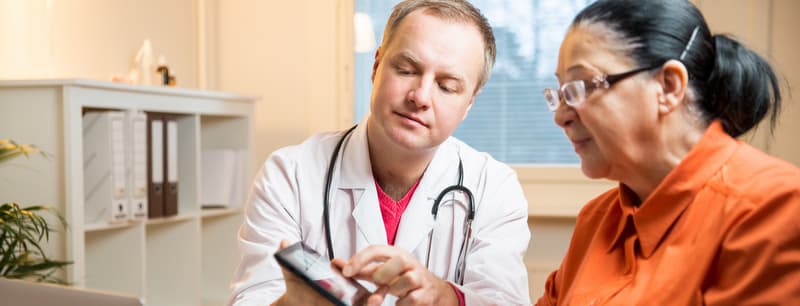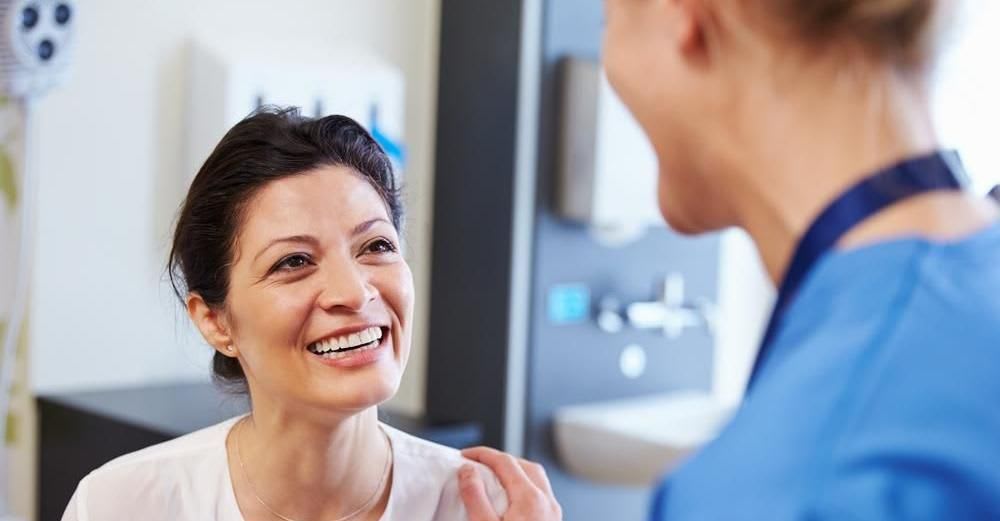Tackling Multiculturalism: What All Physicians Need to Know
All patients are not created equal. Factor in increasing differences across backgrounds, cultures and languages, and ensuring positive medical interactions becomes even more challenging. Here’s a closer look at the issue, along with tips for bridging the gap in order to deliver the best quality of care.
- Student Tips

As the U.S. population grows increasingly diverse, so do patient populations. In fact, 65 percent of internists report having active patients with limited English proficiency (“LEP”) comprising a full 12 percent of active patients in their practices, according to a white paper from the American College of Physicians. A median immigrant age of 39.3 combined with the growing number of immigrants entering the healthcare system highlights the rising need for healthcare practitioners to be aware of cross-cultural differences in their patient interactions.
Here’s a closer look at the issue, along with tips for bridging the gap in order to deliver the best quality of care.
The Cultural Competency Imperative
All patients are not created equal. Factor in increasing differences across backgrounds, cultures and languages, and ensuring positive medical interactions becomes even more challenging.
Says a journal article published in the AMA Journal of Ethics, “As this issue developed, a few central themes began to emerge. First, ethical principles or values which are well enshrined in Western medicine—patient autonomy or scientific empiricism, for example—are clearly not universal and may not be shared by patients of all cultural backgrounds. Second, language and culture are inexorably linked, so that, even if physicians are bilingual or use professional interpreters, they may still encounter cultural barriers by failing to ask the right questions or consider alternate explanations for a patient's illness. Finally, without prompting, several authors in this issue invoked the relatively recent concept of ‘cultural humility’ as an approach that can help physicians identify and understand alternate belief systems.”
All of these themes directly impact -- and potentially undermine -- the doctor-patient relationship. Explains Daphne Koinis-Mitchell, associate professor (research) of psychiatry and human behavior and pediatrics of the phenomenon, “In order to administer the highest quality of care, health care delivery needs to integrate the needs, beliefs, characteristics, and experiences of the patient. A culturally sensitive lens will allow a provider to frame the patient’s presenting problem in a way that makes more sense for the patient, and this will allow for a treatment plan that will consider the strengths and barriers that a patient is facing. Patients will be more on board to adhere to the treatment plan if they believe their provider understands their perspective and experience, and this may also result in fewer no-shows to appointments, greater probability of the patient seeking care in the future, and overall enhanced health outcomes. With the striking disparities that exist in mental and health outcomes, we as providers are obligated to implement state-of-the-art clinical guidelines in a manner that takes into consideration patient’s cultural identities and experiences.”
Tips for Gaining Cultural Competency
The Professional Patient Advocate Institute (“PPAI”) shared some useful tips for doctors aiming to boost their cultural competency, including the following:
1. Focus on building relationships.
Says PPAI, “The key to all relationships is a stable foundation based on clear and honest communication of thoughts, feelings, ideas and emotions. Especially in the medical field, healthcare professionals must be committed to establishing a line of trust and truthfulness in order to best decipher how to serve a patient’s needs. In the last decade, the number of researchers linking quality communication between patients and healthcare professionals to an increase in patient satisfaction, positive health outcomes and even willingness to adhere to treatment plans.”
2. Address language barriers.
Continues PPAI, “The easiest competency measure to undertake for all healthcare professionals is bridging the great linguistic divide. Something as simple as purchasing a translation dictionary and learning five to ten words a day can vastly improve a person’s language comprehension. If the professional works in a community where the minority group mostly speaks Spanish, as are a majority of minority groups, learning and interacting within the language is not expressly difficult.”
Of course, it’s also important to remember that cultural competency extends beyond language, and also applies to religion, gender, race/ethnicity and age differences.
3. Commit to continual improvement.
According to PPAI, “Cultural competency is an ongoing practice. As the times change and the population diversifies, it is paramount that medical professionals and the entire healthcare field adjust in time. No person can become fully aware of the idiosyncrasies of a minority group without first seeing the importance of the task and then working to educate themselves on a continual basis. Patients and professionals alike can only benefit through this process so, it is important that the learning process begin today.”
One last thing to keep in mind? Cultural competency isn’t just about how well doctors understand their patients. It’s also about well they understand themselves. Continues Koinis-Mitchell, “Our own cultural identities affect how we view our patients and their presenting issues and response to treatment. How our patients view us can affect the clinical encounter and their connection to and understanding of the treatment plan.”
The takeaway? It’s just as important to look inward as it is to look outward when it comes to improving cultural competency in order to better meet the needs of your patients.

Joanna Hughes
Author
Joanna worked in higher education administration for many years at a leading research institution before becoming a full-time freelance writer. She lives in the beautiful White Mountains region of New Hampshire with her family.
Read related articles

What You Should Know If You Want To Practice Medicine Abroad

Five Countries to Choose for Nursing Degrees
